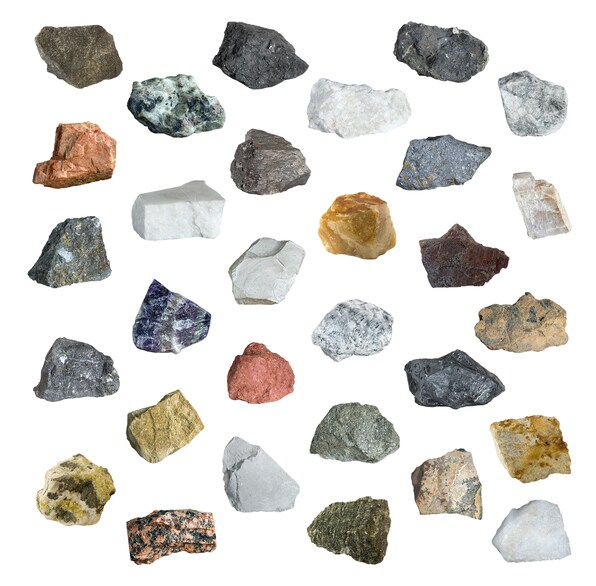Unveiling the Mysteries: Exploring the 7 Physical Properties of Rocks

Rocks, the building blocks of our planet, hold a wealth of information within their physical properties. Understanding these properties is crucial for geologists, engineers, and enthusiasts alike. In this comprehensive guide, we will delve into the seven key physical properties of rocks, shedding light on their composition, structure, and behavior. From hardness to porosity, let's embark on a journey to unravel the secrets hidden within these geological wonders.
- Hardness:
Hardness is a fundamental property that measures a rock's resistance to scratching or abrasion. The Mohs scale, ranging from 1 (softest) to 10 (hardest), provides a standardized method for assessing hardness. By determining a rock's hardness, geologists can infer its mineral composition and potential uses. For example, diamonds, with a hardness of 10, are ideal for cutting and grinding due to their exceptional durability. - Density:
Density refers to the mass of a rock per unit volume. It plays a crucial role in various applications, such as construction and mining. By measuring density, geologists can assess the rock's strength, stability, and suitability for specific purposes. Additionally, density variations within rocks can indicate the presence of mineral deposits, aiding in resource exploration. - Porosity:
Porosity measures the amount of empty space, or pores, within a rock. It influences a rock's ability to store and transmit fluids, such as water or oil. Rocks with high porosity, like sandstone, act as reservoirs for groundwater, while low-porosity rocks, such as granite, are impermeable and serve as barriers for fluid flow. Understanding porosity is crucial for hydrogeologists and petroleum engineers in managing water resources and extracting hydrocarbons. - Permeability:
Permeability refers to a rock's ability to allow fluids to flow through it. It is closely related to porosity but also depends on the connectivity of the pores. Rocks with high permeability, like fractured limestone, facilitate fluid movement, making them valuable for groundwater extraction and oil reservoirs. Conversely, rocks with low permeability, such as shale, impede fluid flow and require specialized techniques for extraction. - Strength:
Strength is a measure of a rock's resistance to deformation or failure under stress. It is a critical property in engineering and construction, where rocks are subjected to various loads. Understanding a rock's strength helps engineers design stable foundations, tunnels, and slopes. Factors influencing strength include mineral composition, grain size, and geological history. Testing methods, such as uniaxial compression tests, provide valuable data for assessing rock strength. - Cleavage and Fracture:
Cleavage and fracture describe how rocks break when subjected to external forces. Cleavage refers to the tendency of a rock to break along planes of weakness, resulting in smooth, flat surfaces. Fracture, on the other hand, occurs when rocks break irregularly, producing rough surfaces. These properties are essential for quarrying, mining, and assessing rock stability in engineering projects. - Color and Texture:
Color and texture provide valuable clues about a rock's mineral composition and formation history. Different minerals impart distinct colors, allowing geologists to identify rock types. Texture refers to the arrangement and size of mineral grains within a rock, providing insights into its formation conditions. By analyzing color and texture, geologists can reconstruct past environments and unravel geological processes.
Conclusion:
The seven physical properties of rocks – hardness, density, porosity, permeability, strength, cleavage, and fracture – form the foundation of geological analysis and engineering applications. By understanding these properties, professionals can make informed decisions regarding resource extraction, construction projects, and environmental management. Rocks, with their diverse characteristics, continue to captivate scientists and inspire further exploration into the depths of our planet's history.


